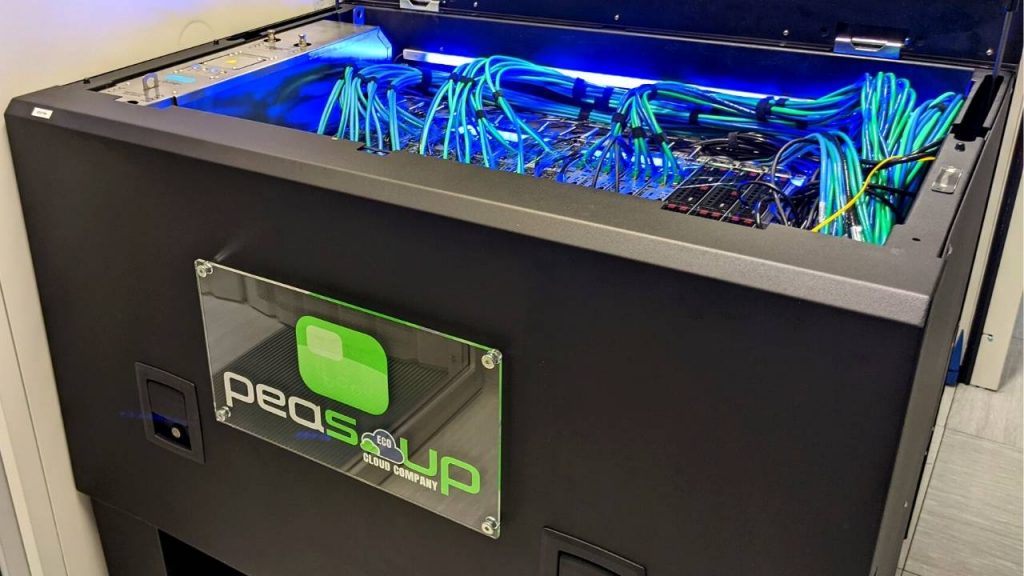Benefits of liquid immersion cooling to the environment and the business user
Benefits of liquid immersion cooling to the environment and the business user
The exponential data growth that we are experiencing is putting pressure on the data centre industry. Cooling overheated data centre equipment is one of the main challenges that data centre services providers are facing. They are incurring hefty power costs in cooling the equipment not forgetting the impact of huge energy requirements on the environment. Liquid immersion cooling has emerged as an efficient solution in data centres. The green solution is offering a lower total cost of ownership with its superior heat capacity and recovery.
This article explores the benefits of liquid immersion cooling to the environment and business users.
Cut on carbon footprint
As a revolutionary and advanced innovation, liquid immersion cooling bridges the gap between conventional and future data centres. It not only increases the data infrastructure system efficiency but also cuts by a huge margin the amount of energy consumed. The business user enjoys reduced energy bills and also cuts on the carbon footprint.
Reduced bills
The solution gives direct cooling to the servers through immersing in a bath of non-conductive dielectric coolant. The coolant is highly effective compared to the heat capacity of air. It efficiently absorbs the heat, keeping the servers cool. It enables high-capacity data centres to reach the highest level of efficiency without incurring heavy costs of energy.
With a liquid immersion cooling system, the need for cooling fans in each of the services and general usage of the air conditioning in the server room is highly reduced or eliminated. Conventional estimates indicate that power consumption is reduced by approximately forty per cent when compared to other systems.
Tolerance to varied environments
In liquid immersion cooling, servers are immersed directly in the coolant; therefore they do not come into contact with the surroundings. This means that the system can be installed almost anywhere since issues of air quality are not considered here. As a result, it can be installed in environments that are not good for the traditional servers such as areas where humidity and temperatures are high, sites with dusty or oily air, or places where one may be concerned about salt damage. Its tolerance to varied installation environments gives it an edge over conventional servers.
No noise pollution
Noise is a big concern with traditional cooling fans; this problem is eliminated with a switch to a liquid immersion cooling system. This not only makes the data center conducive but also completely changes the environment. A hoarse voice from shouting, damaged ears due to the high level of noise, and constant headaches as a result of the heavily polluted environment are things of the past.
High power computing (HPC)
Liquid immersion-cooled data centres use dielectric cooling fluid that ambiences the IT hardware to deliver cooling power one thousand times more efficient than air. This dielectric liquid allows deploying CPU and GPU clusters much closer together, i.e., in high-density configurations, while protecting vital components from thermal and environmental risks.
This technology allows for the deployment of power-hungry applications such as artificial intelligence, big data, and autonomous decisions making bots. Naturally, a liquid immersion cooling technology offers the performance and resilience necessary to support a high volume of raw and real-time data, integration, analysis, and algorithm-driven resolutions.
Summary
As the United Kingdom and the world at large achieve net-zero emissions by 2050, we are responsible for making data centres greener and more efficient. This will not only reduce the cost of data storage but also ensure that our environment is preserved. A liquid immersion cooling system can play a huge role in achieving this and helping businesses leverage the benefits provided by cloud computing and data capabilities.

